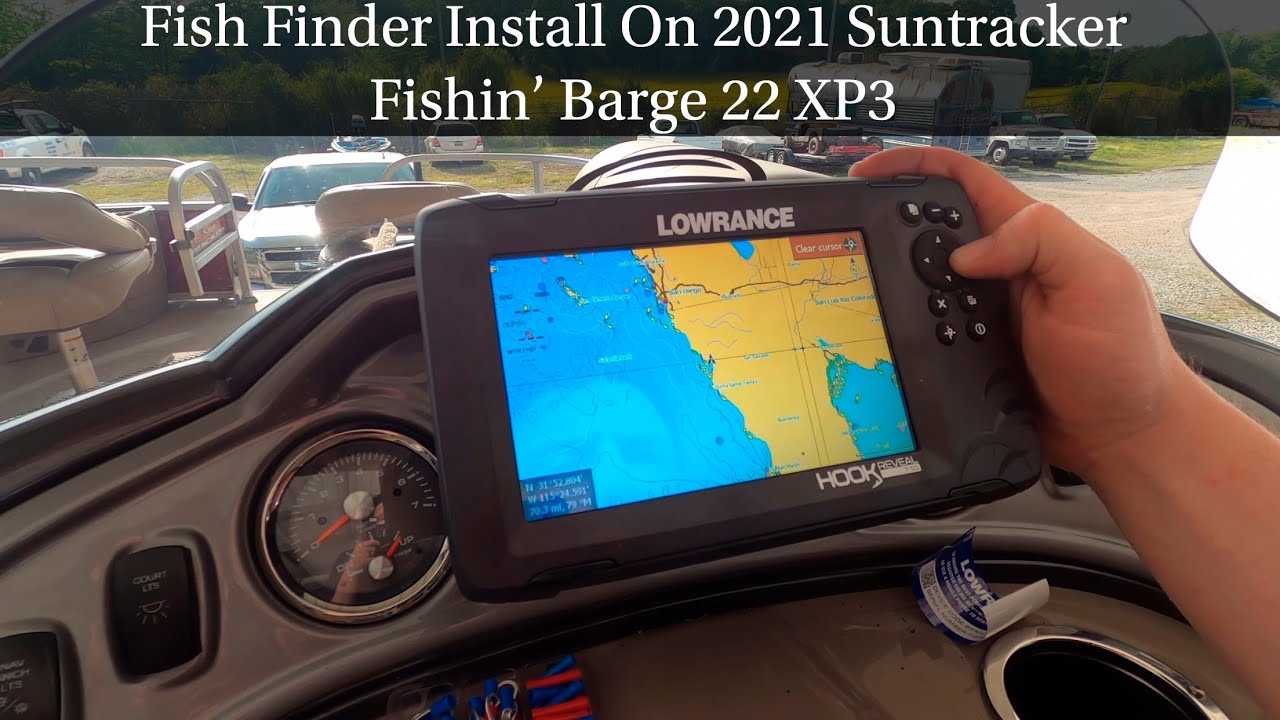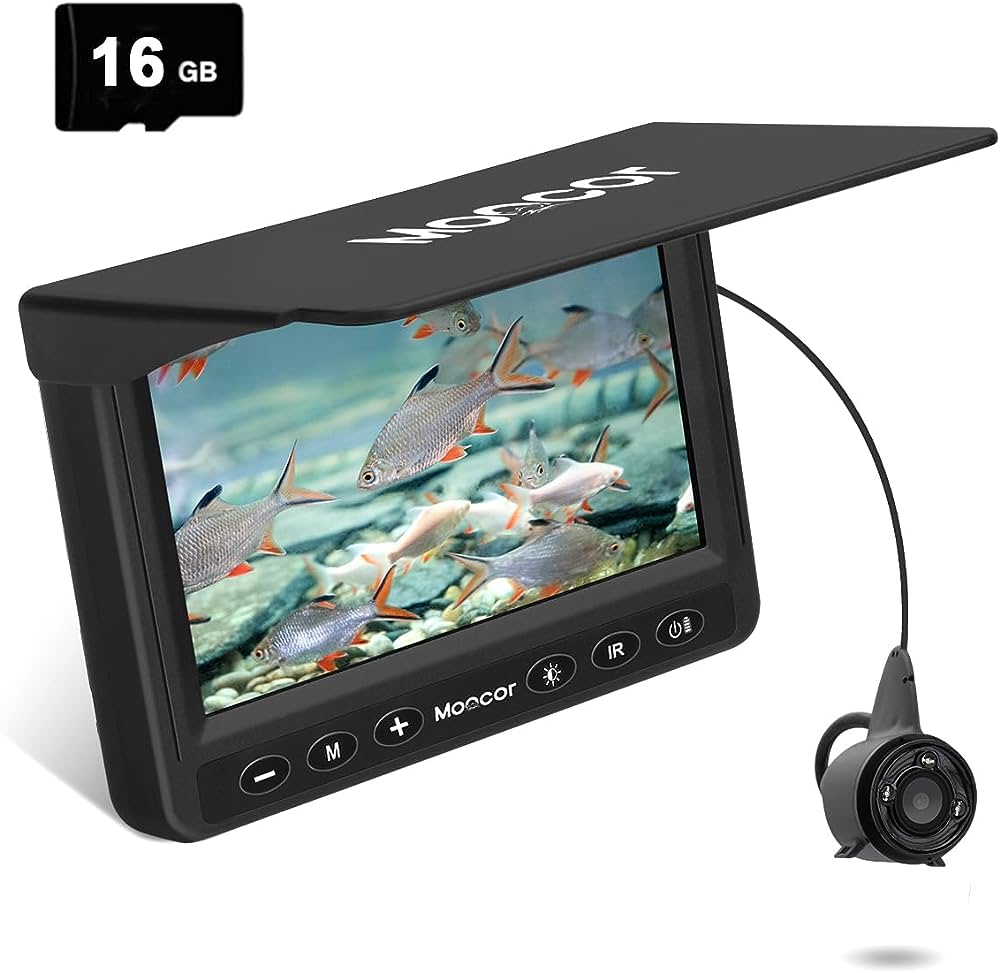A fish finder helps distinguish and identify hard bottom and soft bottom areas underwater. A hard bottom refers to a solid, rocky, or firm surface, while a soft bottom consists of mud, silt, or sand.
By detecting these differences, fish finders provide valuable information for anglers to understand the makeup of the underwater terrain, determine potential fish habitats, and make more informed fishing decisions. Understanding the distinction between hard and soft bottoms can significantly impact fishing success and help anglers target specific species that are adapted to these different environments.
So, let’s dive deeper into the characteristics of hard and soft bottoms and their significance in fish finding.
The Importance Of Identifying The Bottom Composition On Fish Finder
The type of bottom composition plays a crucial role in fishing success, as it affects the behavior and availability of fish. Fish finders equipped with advanced technology help anglers identify the bottom type, whether it is hard or soft, providing valuable information for a successful fishing trip.
By understanding the impact of bottom composition, fishermen can adjust their fishing techniques accordingly. For example, certain fish species prefer rocky bottoms, while others thrive in sandy or muddy environments. Knowing the bottom composition allows anglers to choose the right lures or baits and position themselves strategically.
With fish finder technology, fishermen can quickly and accurately identify the bottom type, enhancing their chances of landing more fish. Additionally, it provides insights into underwater structures, such as submerged rocks or vegetation, aiding in the search for optimal fishing spots.
Overall, the ability to identify bottom composition is an invaluable asset for any angler seeking to improve their fishing success.
Advantages And Disadvantages Of Hard Bottoms For Fishing
Fish finders are essential tools for fishermen, helping them locate fish in various underwater terrains. Hard bottoms are one such terrain that offers both advantages and disadvantages for fishing. Hard bottoms are characterized by their stable and firm structure, often made up of rocks, gravel, or hard sand.
These features can significantly impact fishing experiences. On the positive side, hard bottoms make it easier to determine the exact location of fish, as the echoes generated by the finder bounce back more clearly. Additionally, the firmness of hard bottoms allows for better stability when anchoring or trolling.
However, fishing on hard bottoms may also have some drawbacks. The rigid surface can make it challenging to set up certain types of fishing gear, such as anchor lines. Moreover, the absence of softer bottoms makes it harder to attract and find certain species that prefer mud or sand.
Overall, understanding the characteristics and features of hard bottoms is crucial for optimizing fishing strategies and outcomes.
Advantages And Disadvantages Of Soft Bottoms For Fishing
Soft bottoms have specific characteristics and features that impact fishing experiences. These bottoms, composed of sediments like sand, mud, or silt, provide distinct advantages and disadvantages. When it comes to fishing, soft bottoms offer a more forgiving surface for delicate baits to settle and attract fish.
Additionally, the loose texture allows anglers to easily set their hooks, increasing their chances of a successful catch. However, soft bottoms can also present challenges, such as difficulty in maintaining anchor grip and potential interference with sonar signals. Moreover, certain types of fish prefer harder substrates, making it important to consider the fish species targeted.
In conclusion, understanding the key benefits and drawbacks of fishing on soft bottoms can help anglers make informed decisions for a fruitful and enjoyable fishing experience.

Credit: hawkeyeelectronics.com
Frequently Asked Questions On Hard Bottom Vs Soft Bottom On Fish Finder
What Is A Hard Bottom?
A hard bottom refers to the type of seabed or lake bottom that is made up of solid materials such as rocks, gravel, or hard-packed sand. Fish finders can detect these hard bottoms easily and provide more accurate readings of fish and underwater structures.
What Is A Soft Bottom?
A soft bottom refers to the type of seabed or lake bottom that is comprised of silt, mud, or fine sand. Fish finders may have difficulty detecting the bottom composition accurately on soft bottoms, leading to less precise readings of fish and underwater structures.
How Does The Bottom Composition Affect Fish Finding?
The bottom composition plays a crucial role in fish finding. On a hard bottom, fish finders can provide more precise readings of fish and underwater structures due to better echo returns. Conversely, on a soft bottom, the readings may be less accurate and details may be harder to discern.
Understanding the bottom composition helps improve fishing success.
Can Fish Finders Distinguish Between Hard And Soft Bottom?
Fish finders can differentiate between hard and soft bottoms to some extent. By emitting sound waves and analyzing the echoes, fish finders can provide information about the bottom composition. However, the accuracy of these readings may vary depending on factors such as water depth, bottom consistency, and the specific fish finder model used.
Conclusion
The choice between a hard bottom or soft bottom on a fish finder ultimately depends on your fishing preferences and the specific conditions you encounter. A hard bottom can provide clear, distinct readings, allowing you to easily identify structures and fish.
On the other hand, a soft bottom can be beneficial for finding fish in muddy or sandy areas, as it can help you distinguish between fish and debris. When selecting a fish finder, it’s important to consider the type of fishing you plan to do and the environments you’ll be exploring.
Understanding the advantages and disadvantages of each bottom type can help you make an informed decision that aligns with your fishing goals. Regularly experimenting with different bottom settings and adjusting your fish finder’s sensitivity can also enhance your fishing experience.
Remember, the primary goal of using a fish finder is to improve your chances of locating and catching fish efficiently. Whatever your choice may be, practice and experience will ultimately be the deciding factors in getting the most out of your fish finder and maximizing your fishing success.
Read more: 2D 3D Fishfinder





